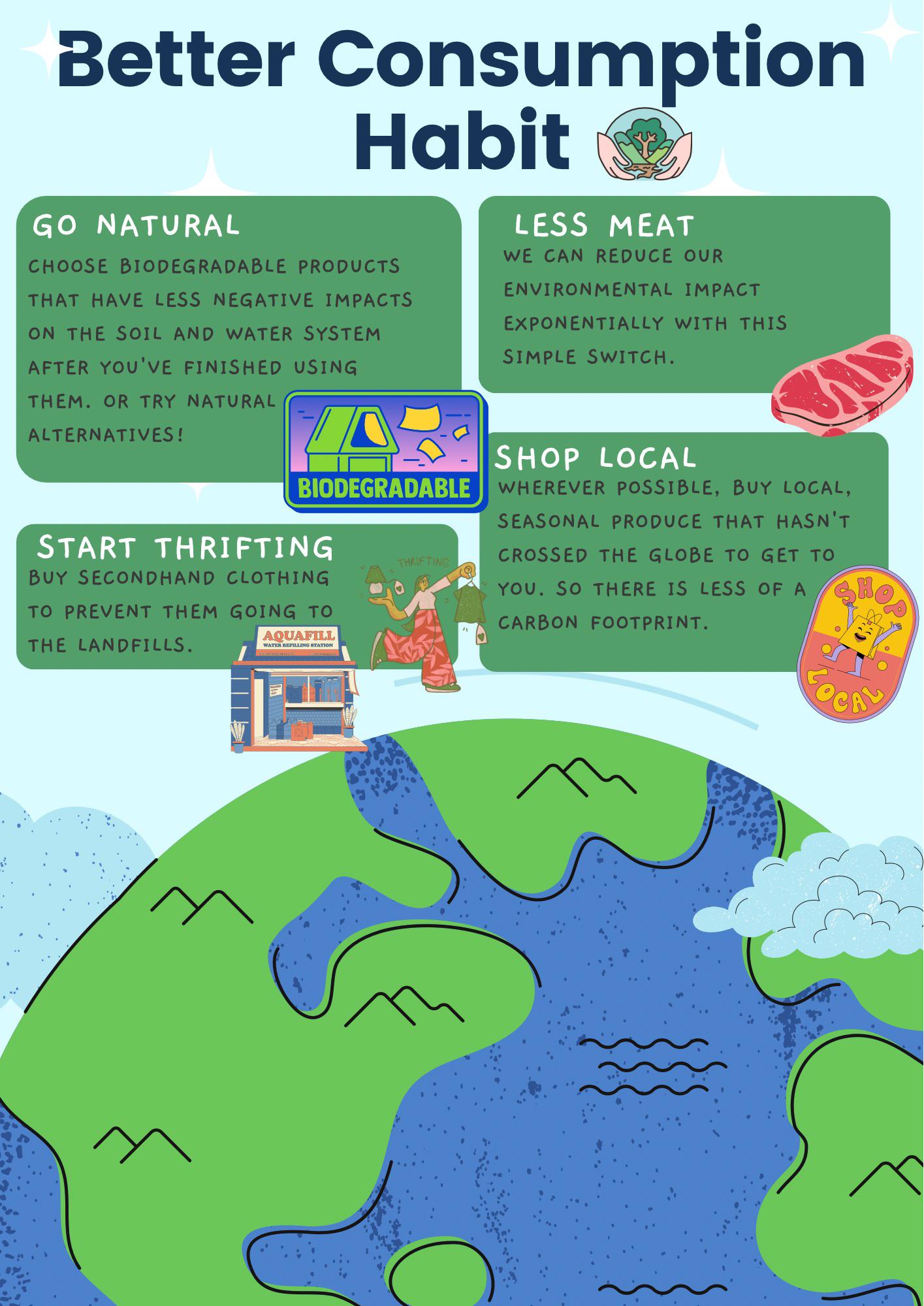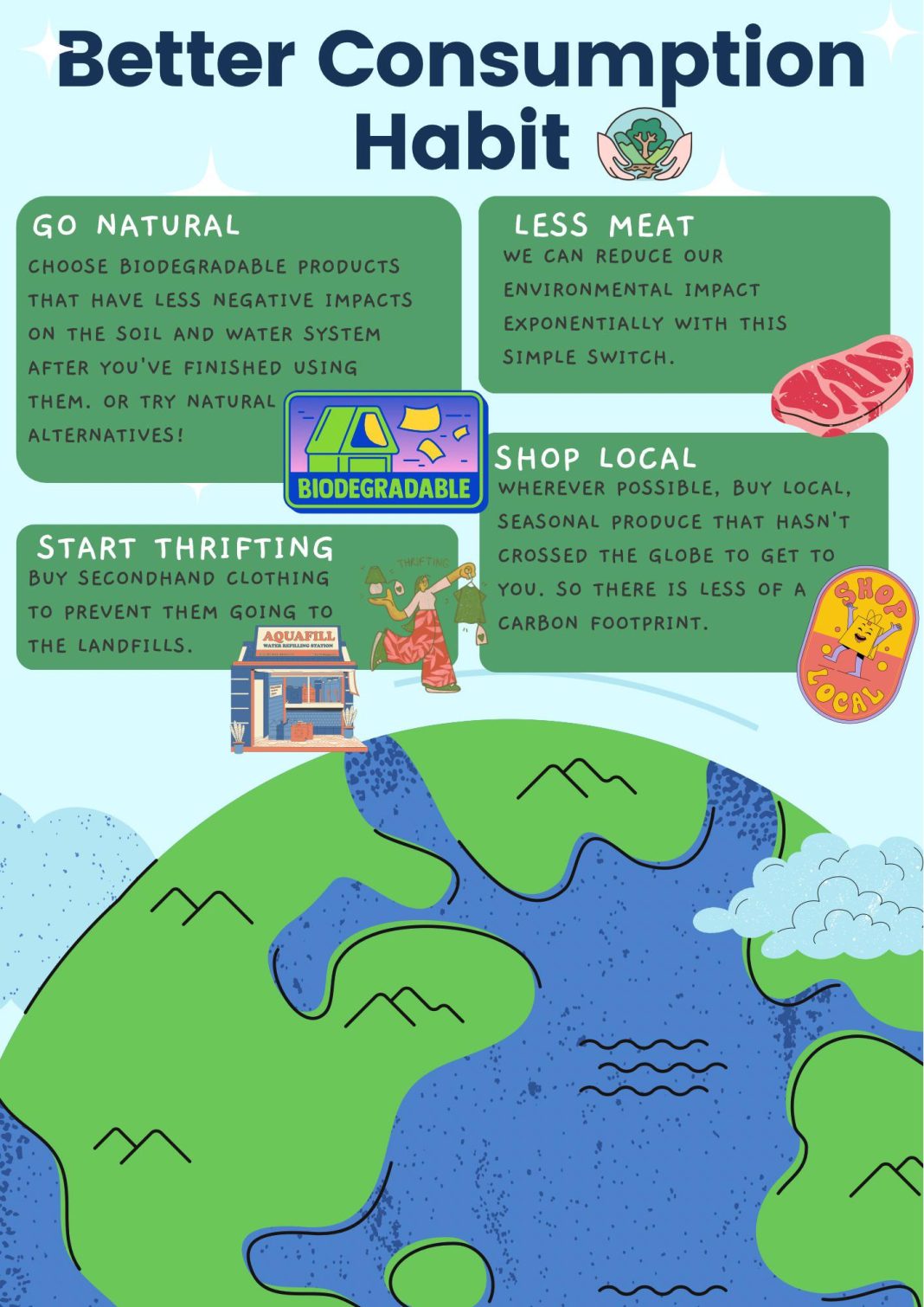 Americans are increasingly reaching for marijuana over alcohol, with daily or near-daily marijuana use now surpassing similar levels of drinking, according to a study conducted by Carnegie Mellon University. The study analyzed 40 years of data from over 1.6 million participants across 27 surveys conducted between 1979 and 2022. While alcohol remains more widely used overall, first-time daily marijuana use overtook drinking at the same frequency in 2022, with approximately 17.7 million cannabis users compared to 14.7 million drinkers.
Americans are increasingly reaching for marijuana over alcohol, with daily or near-daily marijuana use now surpassing similar levels of drinking, according to a study conducted by Carnegie Mellon University. The study analyzed 40 years of data from over 1.6 million participants across 27 surveys conducted between 1979 and 2022. While alcohol remains more widely used overall, first-time daily marijuana use overtook drinking at the same frequency in 2022, with approximately 17.7 million cannabis users compared to 14.7 million drinkers.
This shift in behavior represents a significant increase in cannabis use, with a 15-fold rise since 1992 when only 900,000 Americans reported using the drug daily compared to 8.9 million daily drinkers. Analyst Scott Fortune from Roth MKM believes that younger generations are increasingly accepting cannabis on a daily and monthly basis at higher rates than other generations. He suggests that as younger generations grow up with legal cannabis options, the acceptance of cannabis will become more prevalent and potentially substitute away from traditional options like alcohol and tobacco.
This trend comes at a time when the cannabis industry is expecting the Drug Enforcement Administration (DEA) to ease federal restrictions and reclassify marijuana as a less dangerous drug. This reclassification would provide increased access to funding, research, and investment opportunities for cannabis-related companies. Tilray, Canopy Growth, and Curaleaf are among the companies that could benefit from these changes.
Meanwhile, the spirits and alcohol industry is working to defend its market share despite shifting trends among younger consumers. Analyst Bill Kirk from Roth MKM notes that the youngest legal drinking-age consumers are turning to alcohol less frequently and consuming fewer drinks when they do drink. Factors contributing to this shift include increased abstinence from drinking, the availability of quality non-alcoholic options, and increased cannabis use.
While some analysts believe that alcohol may not be significantly impacted by the rise of cannabis, others anticipate a greater impact on the alcohol industry. Bernstein analyst Nadine Sarwat suggests that legal cannabis could negatively affect beer volume by up to 230 basis points in Canada and 75 basis points in the US. However, conflicting state-by-state policies for cannabis soften the blow to major brewers and distillers such as Constellation Brands, Diageo, AB InBev, and Molson Coors. Sarwat adds that federal legalization of cannabis has the potential to increase the risk to alcohol, but this may be a long way off considering the current political climate.
In summary, the data from Carnegie Mellon University’s study reveals a shift in American consumption habits, with daily or near-daily marijuana use surpassing similar levels of drinking. This trend is driven by younger generations’ increasing acceptance of cannabis and could have implications for both the cannabis and alcohol industries. While cannabis-related companies may benefit from potential federal reclassification, the alcohol industry may face challenges as younger consumers turn to alternatives like cannabis. However, the extent of the impact on alcohol remains uncertain due to conflicting state policies and the distant possibility of federal legalization.


